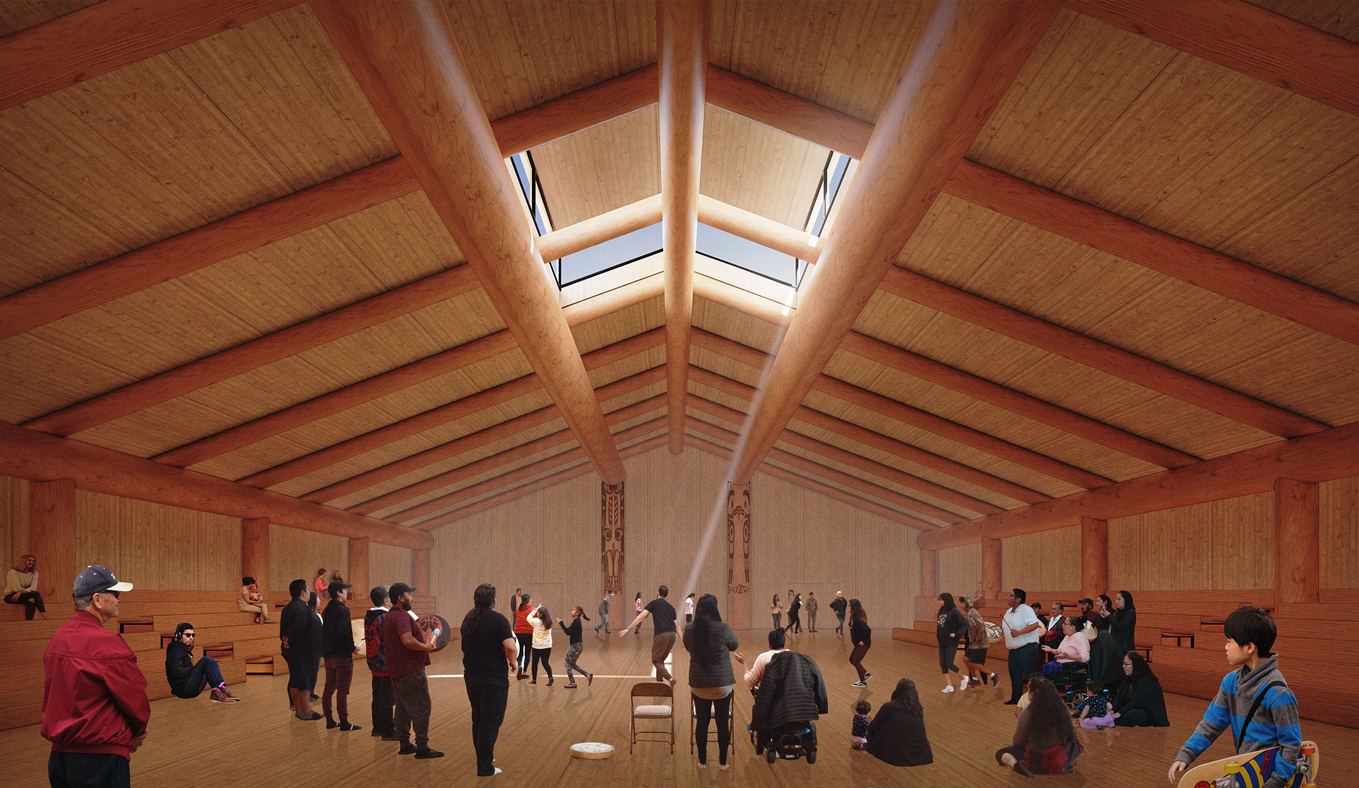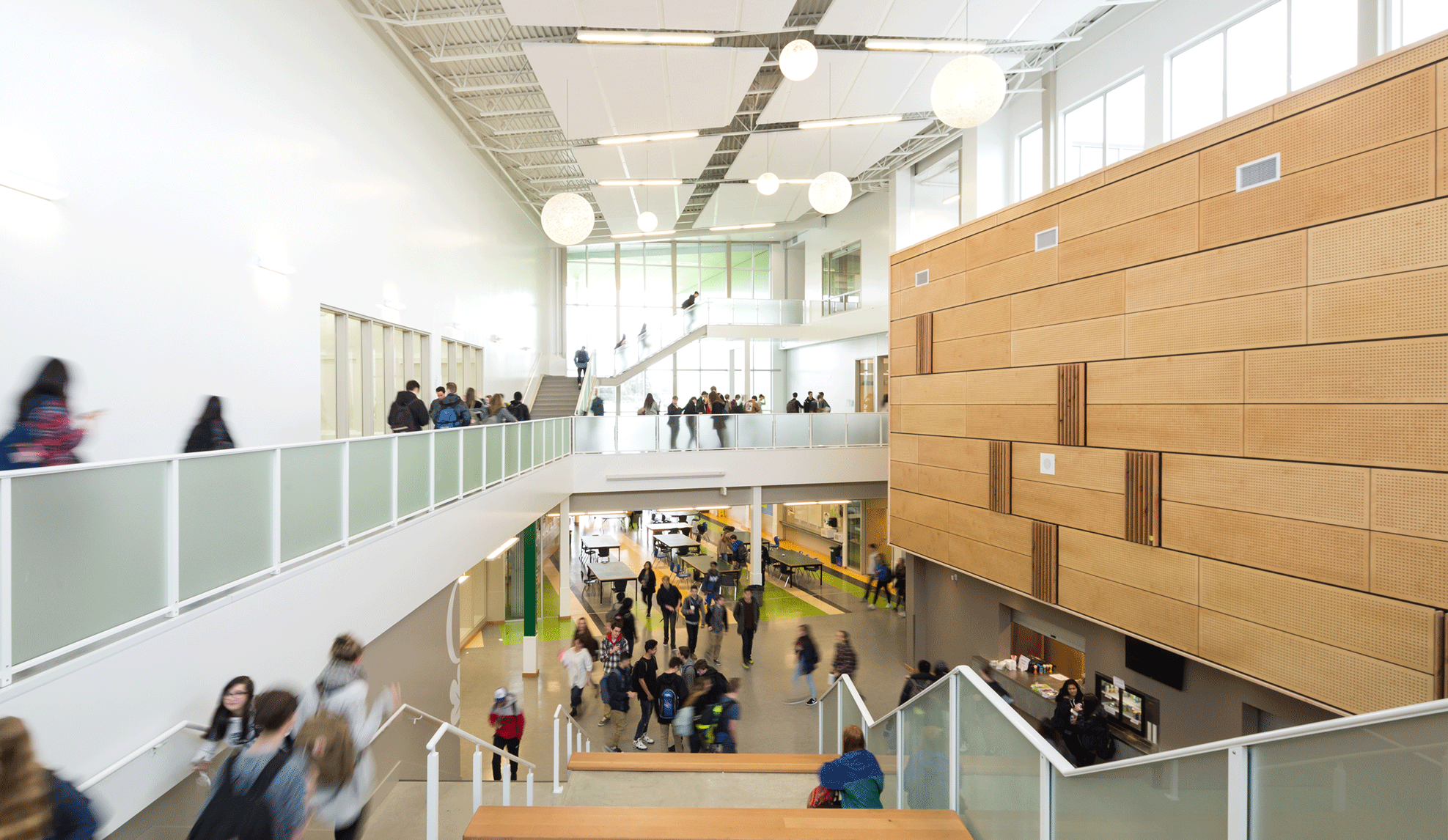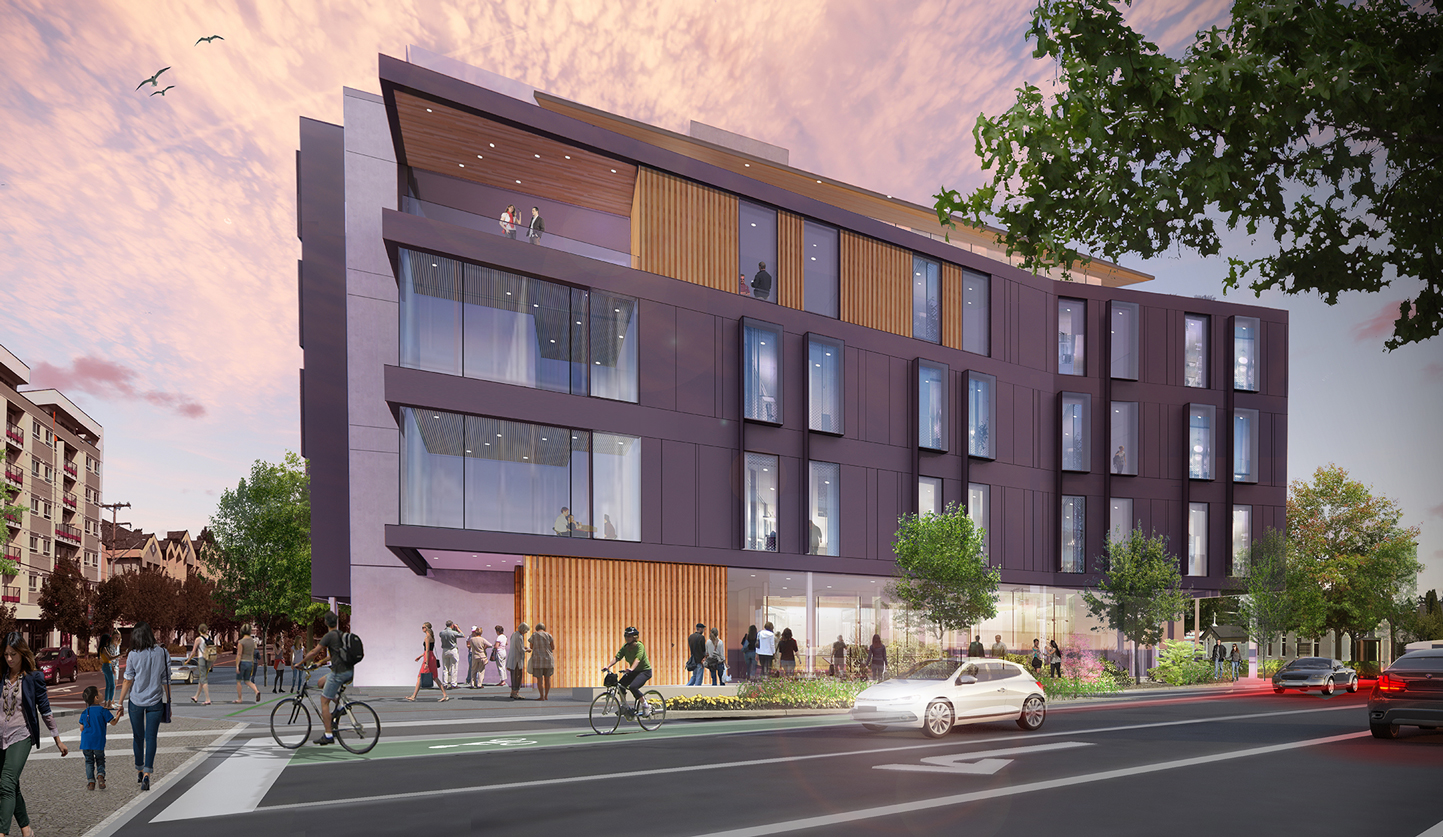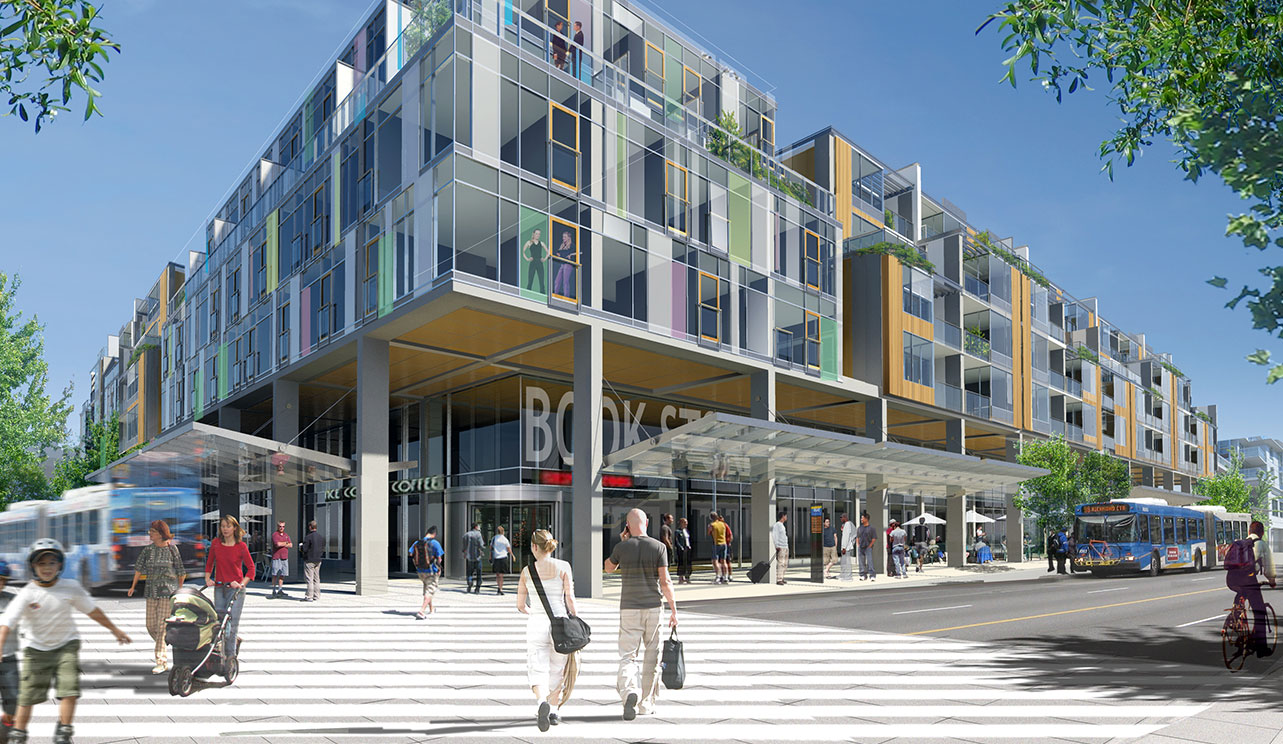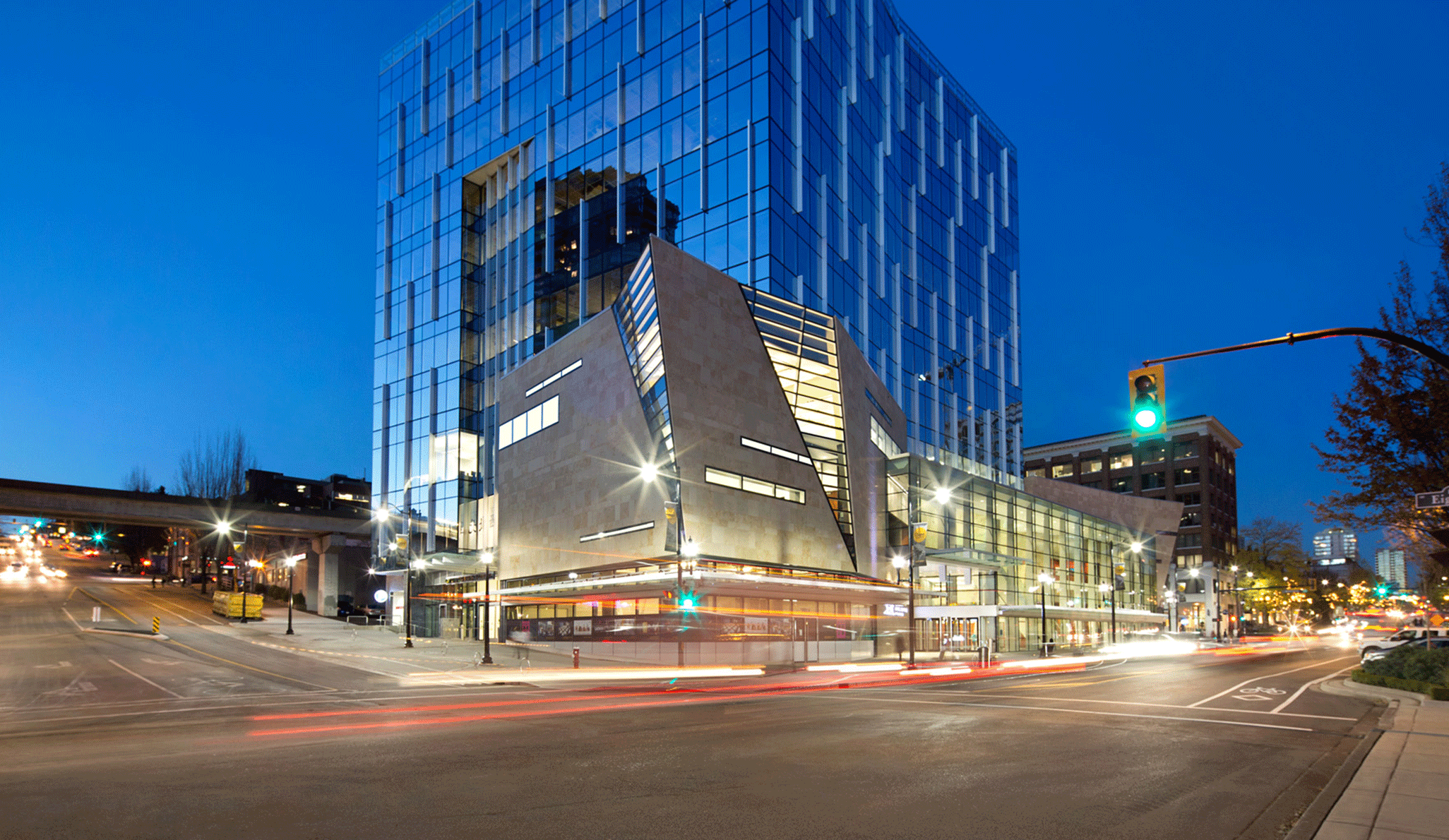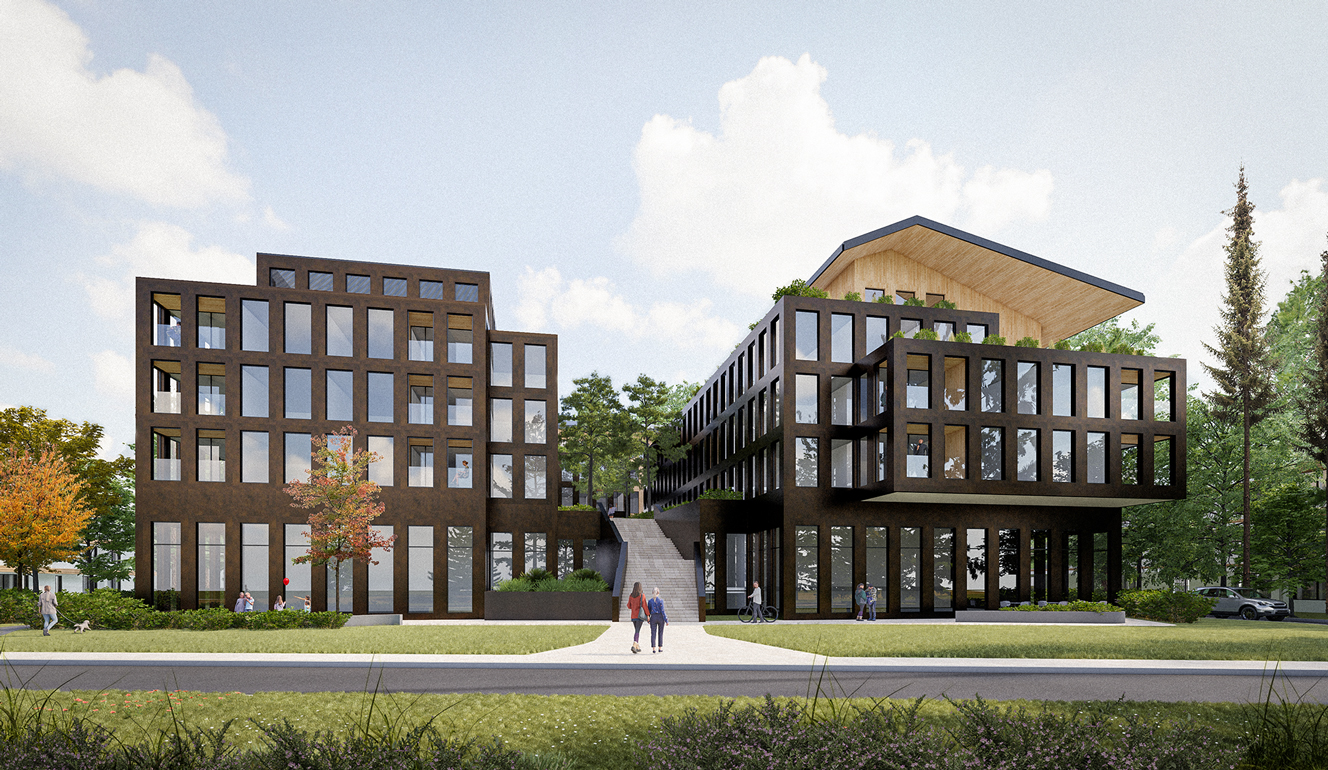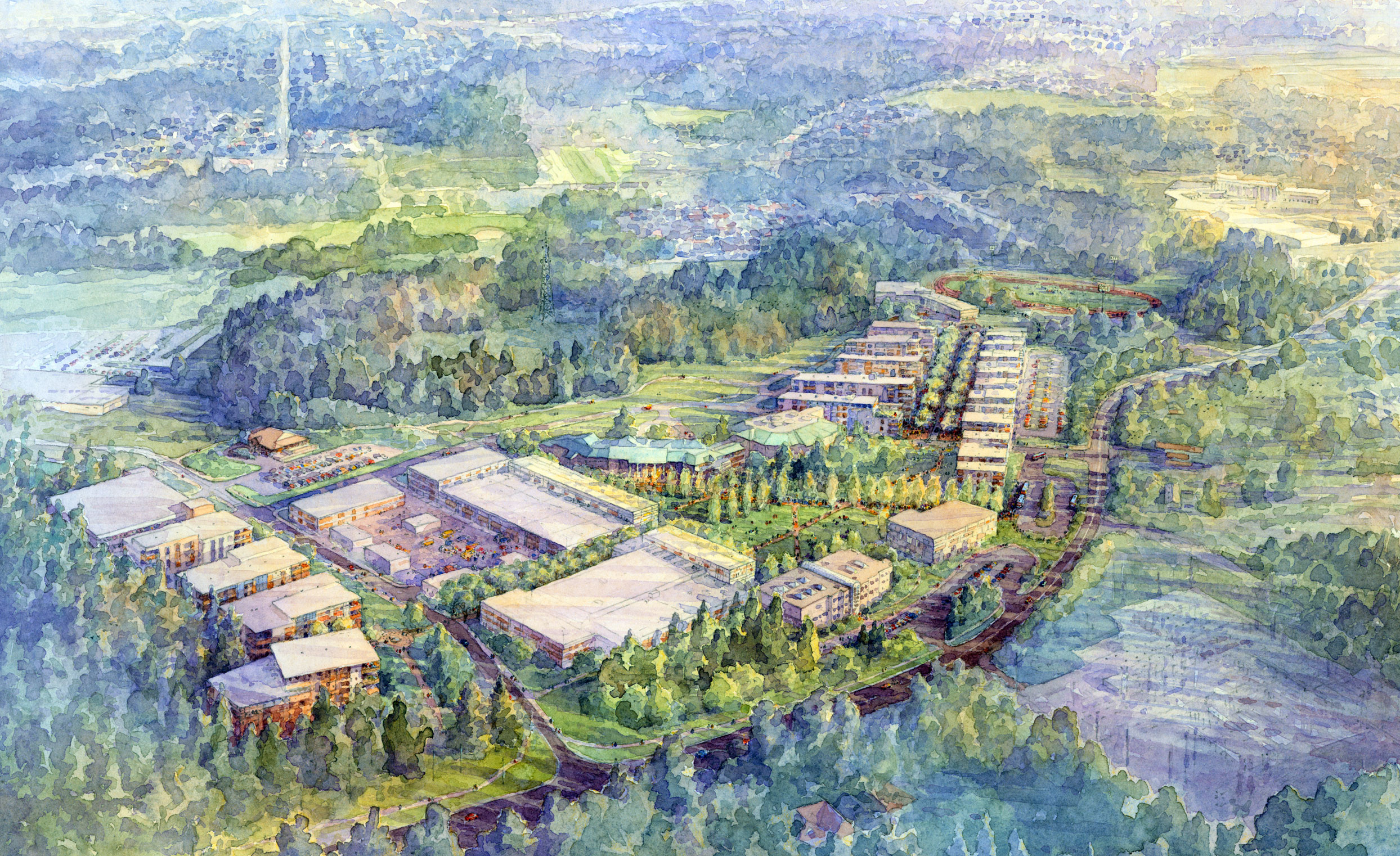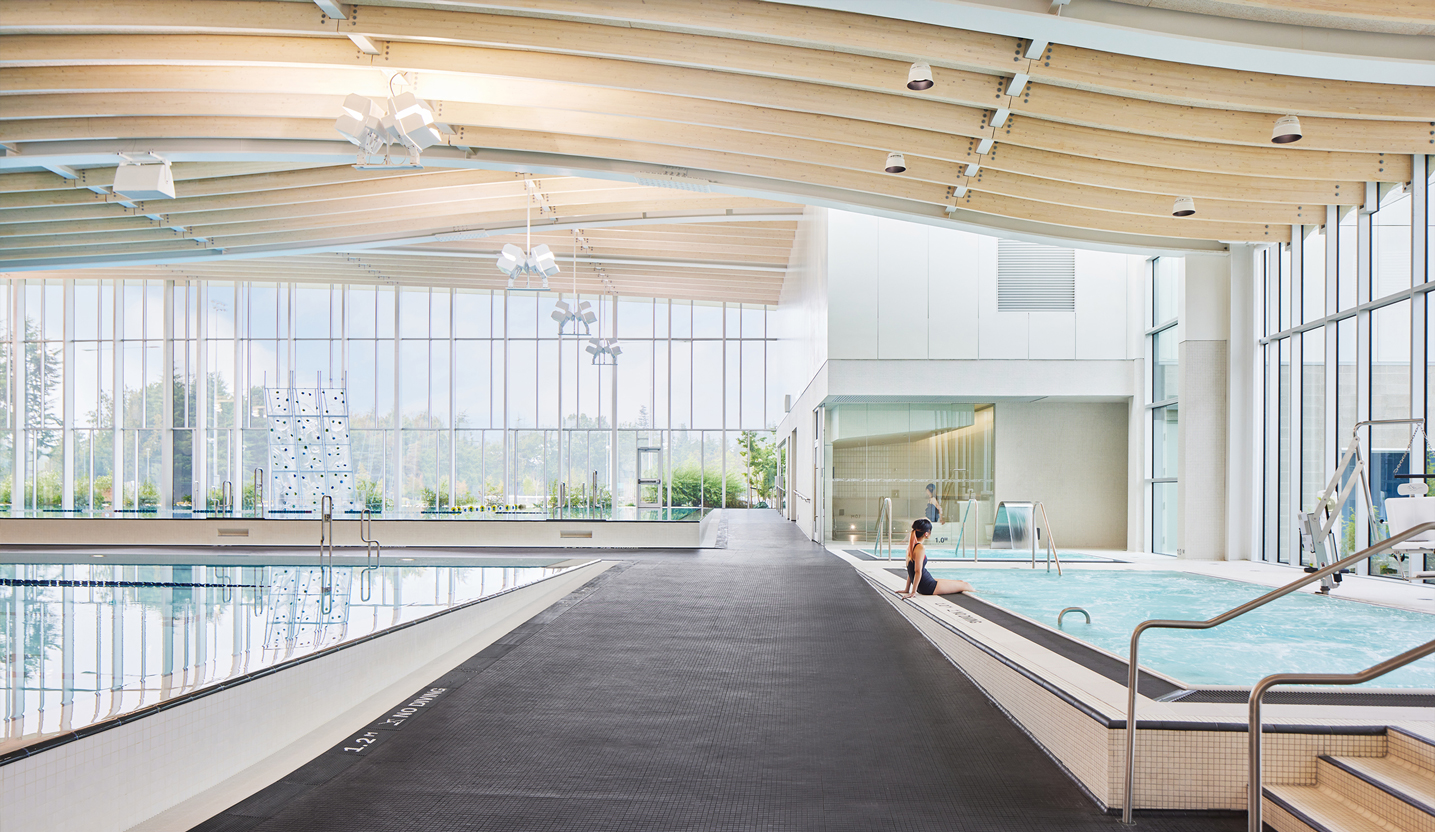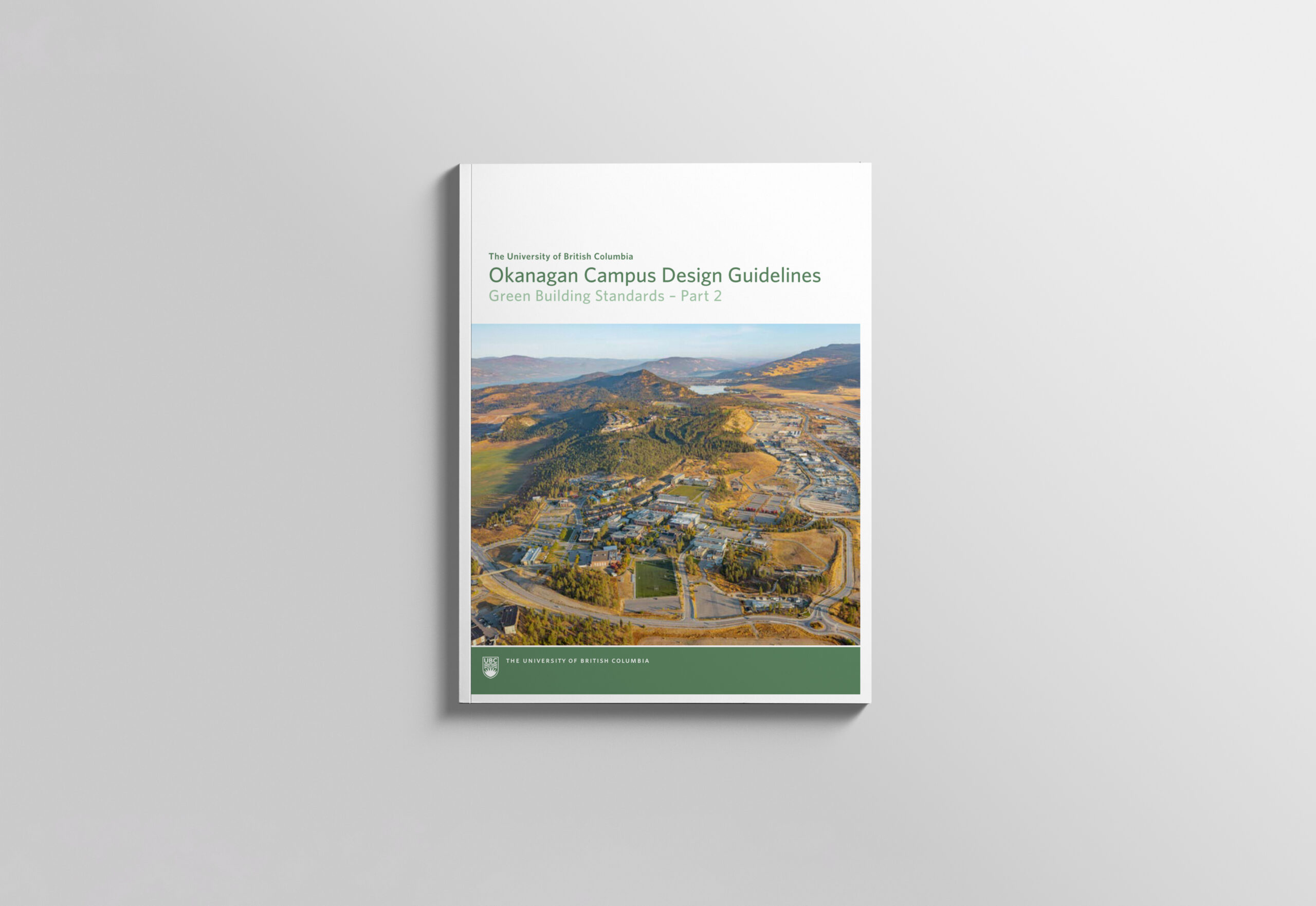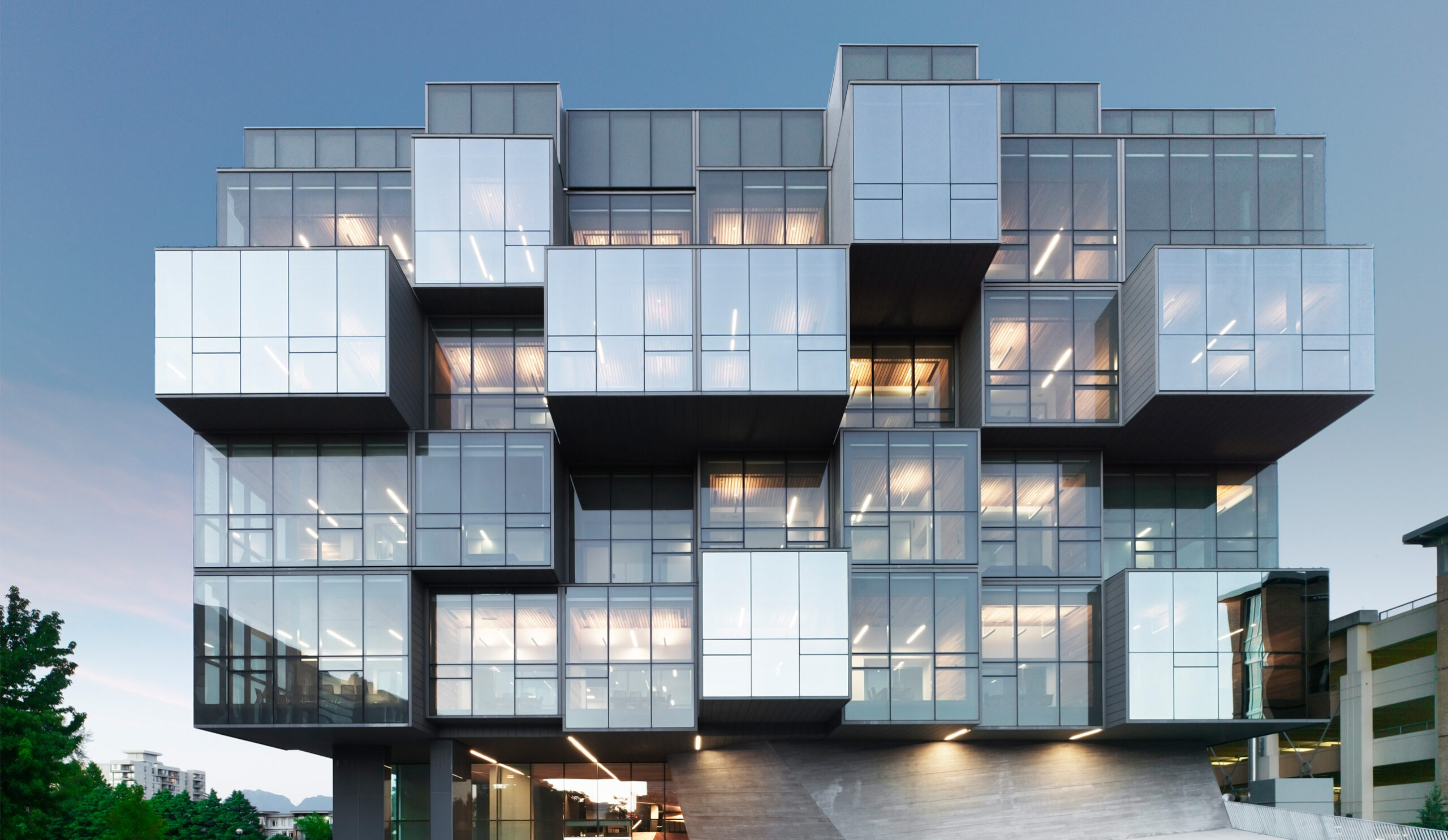
UBC Faculty of Pharmaceutical Sciences
Location
Vancouver, BC
UBC’s pharmaceutical science researchers, faculty, and University programs are recognized internationally for their achievements. Their research, teaching and office facility reflects this international reputation, providing UBC with a state-of-the-art building which promotes creativity and collaboration and welcomes the campus community in via an open and inviting lobby.
This project is a joint venture between Saucier + Perrotte Architectes and hcma.
Disciplines
Areas of impact
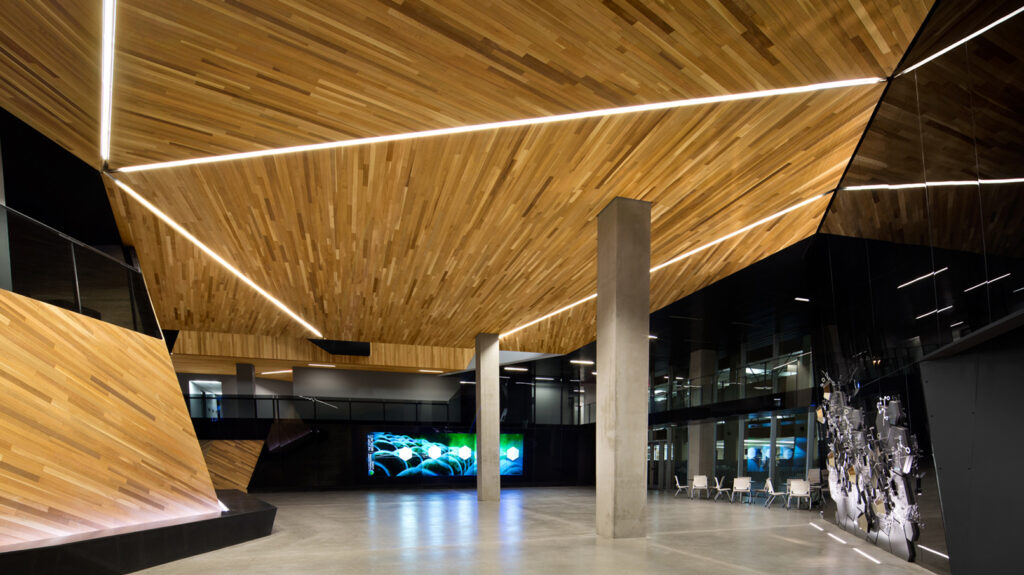
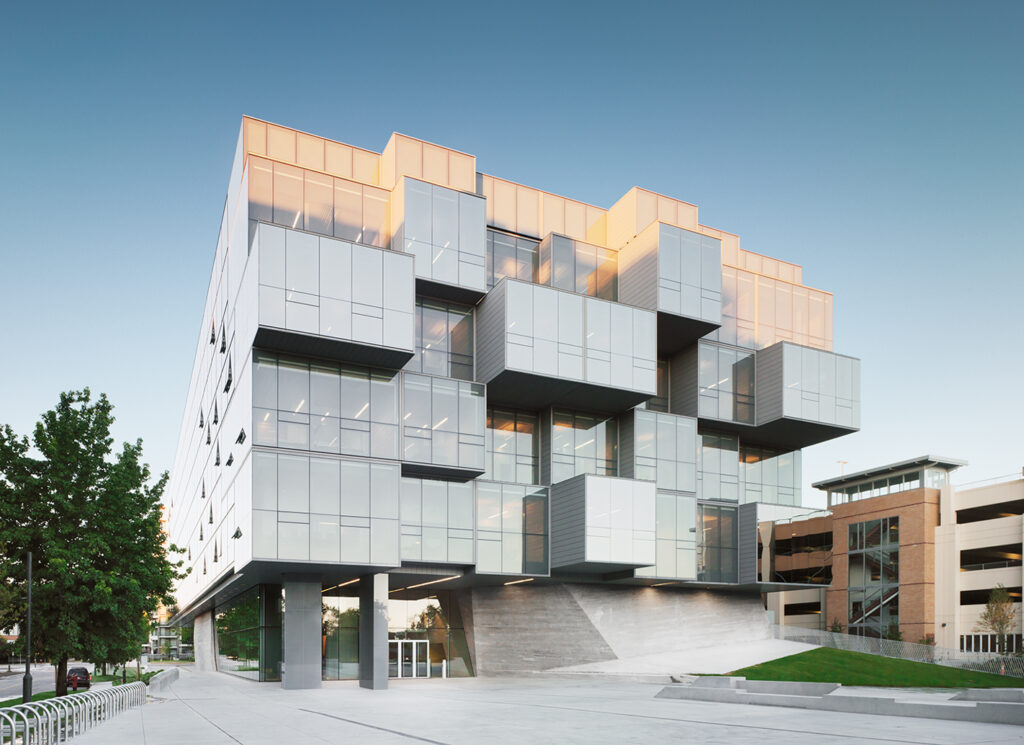
Design Challenge
UBC sought a world-class, iconic facility to house both their Faculty of Pharmaceutical Sciences and the Centre for Drug Research and Development. Located at an important entry point to the campus, the design needed to reflect the faculty’s international reputation and to showcase its important public function. To achieve this, the design team needed to engage a complex stakeholder group, meet rigorous technical requirements and complete the project within an aggressive schedule.
Client
When replacing an aging facility, UBC Properties Trust envisioned a building which would successfully contribute to UBC’s legacy of architecture and pharmaceutical research. They requested a signature building that will become the standard by which future education and high-level research buildings will be measured — both in Canada and abroad.

Marking the new gateway to the rapidly developing southeastern edge of the campus, this building is instantly engaging. The entrance features an open plaza that slopes down from an adjacent knoll, literally drawing one inside. Passers-by not rushing inside to class might be forgiven for lingering on one of the concrete benches outside and gazing up at the dramatic west-facing façade.
Hadani Ditmars, Wallpaper*

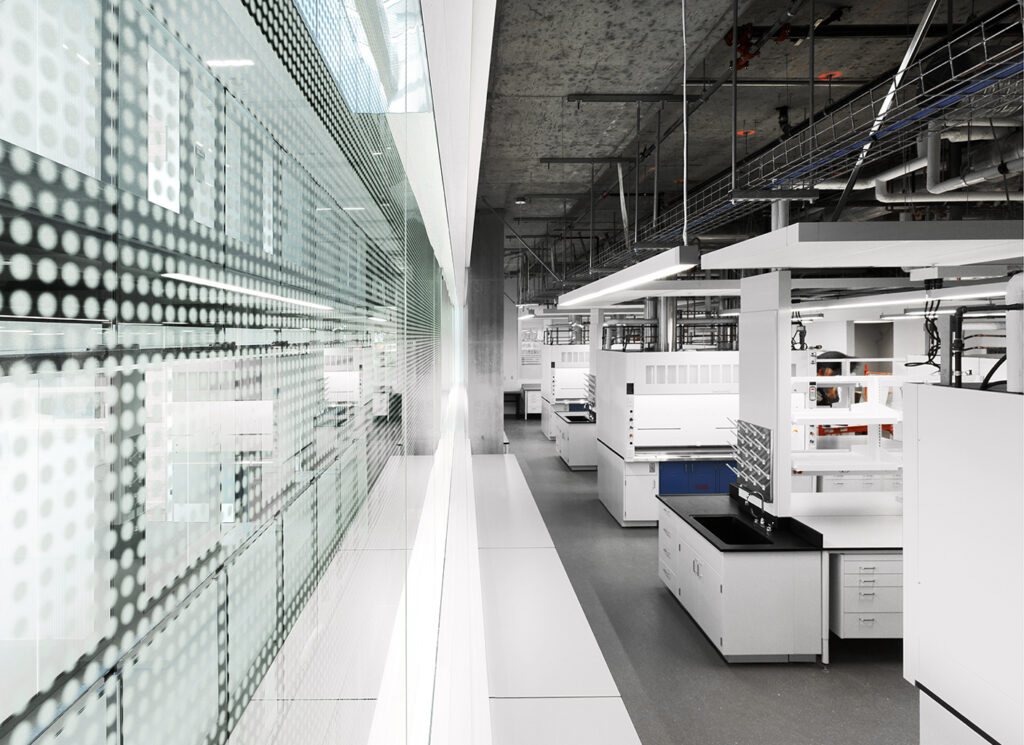
Design Response
The striking design provides enjoyable, livable spaces for research and learning, creating public and private spaces that support collaboration and the exchange of ideas — both social and intellectual. Its unconventional layout affords students and researchers opportunities that traditional university buildings have not. A vibrant node for science on the campus, the building is intended to promote creativity and new methods for individual and collaborative research, with many informal learning spaces where students can meet and creative ideas can grow outside of the classroom spaces.
Smaller, problem-based learning rooms and informal lounge and study spaces next to circulation areas and classrooms support the activities of the larger learning spaces. Informal spaces programmed with flexible furniture and power arrangements to support collaborative learning efforts. Overlook opportunities between offices and teaching spaces: glazed walls allow educators to have visual contact from their offices with students working in classroom and lab spaces.
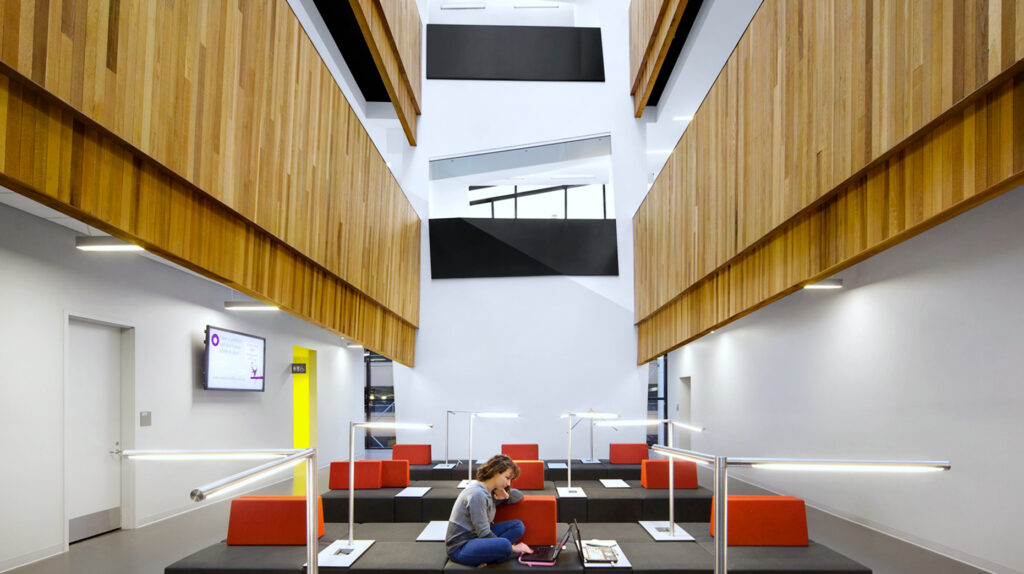
Awards
RAIC Governor General's Medals in Architecture 2014
Architizer A+ Awards 2013
AwardLieutenant Governor of BC Awards for Architecture 2013
AwardOntario Association of Architects Awards - Design Excellence 2013
